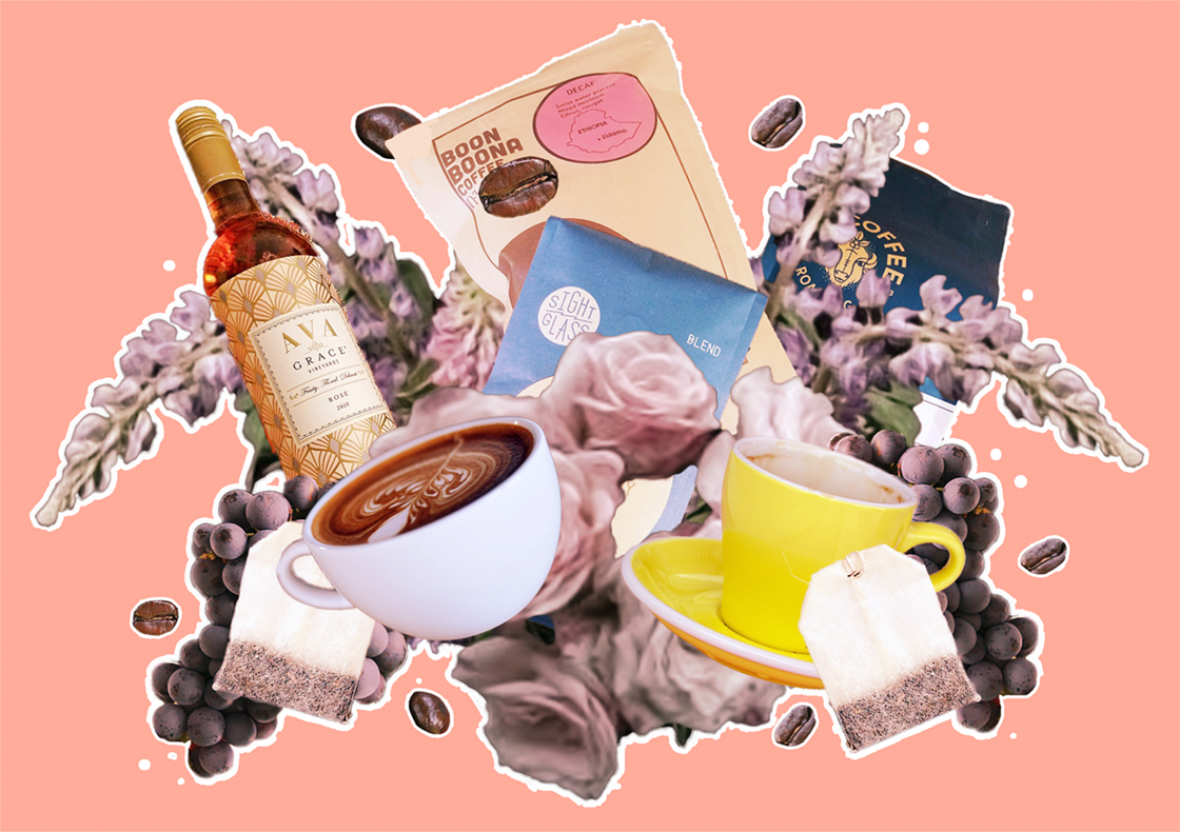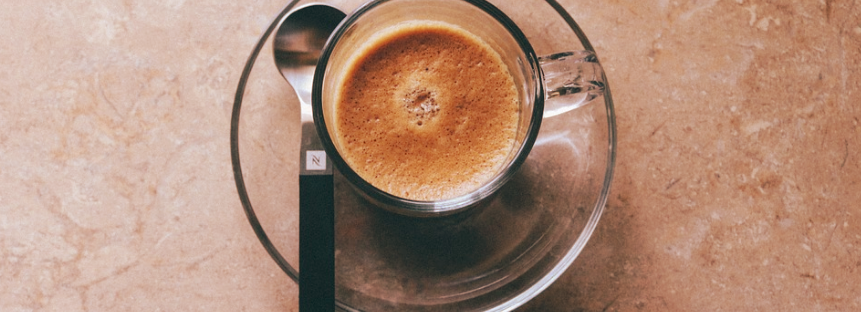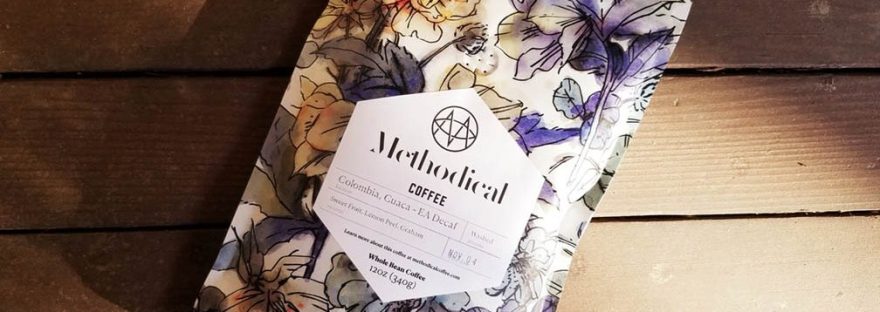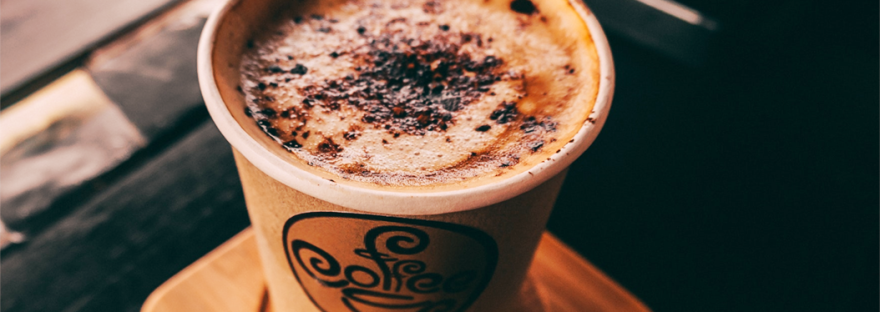Reusable cups are one of the biggest challenges facing sustainability in the coffee industry. It’s simply too convenient to grab a ‘paper’ cup, chug your latte, and go.
The Perfect Daily Grind interviewed a few brands that are actively targeting paper cup waste by providing reusable cups, as well as targeting the myth of paper cup recyclability. These brands don’t just end their campaign at that, but actively target pain points that keep customers from bringing their cups back. HuskeeSwap is one brand that provides a useful app and e-credits if customers drop off reusable cups at a variety of designated locations, saving them a trip.
(Justifiable concerns about spreading COVID are also tampered by this brand’s consistent sanitation measures).
As I type this, landfills continue to rise and bodies of water continue to be polluted by poor coffee consumption habits. Truth be told, I haven’t been to a café in a few years. Working remotely has made it easier than ever to brew coffee at home and socially distance. Nonetheless, these initiatives should become standard as soon as possible.










